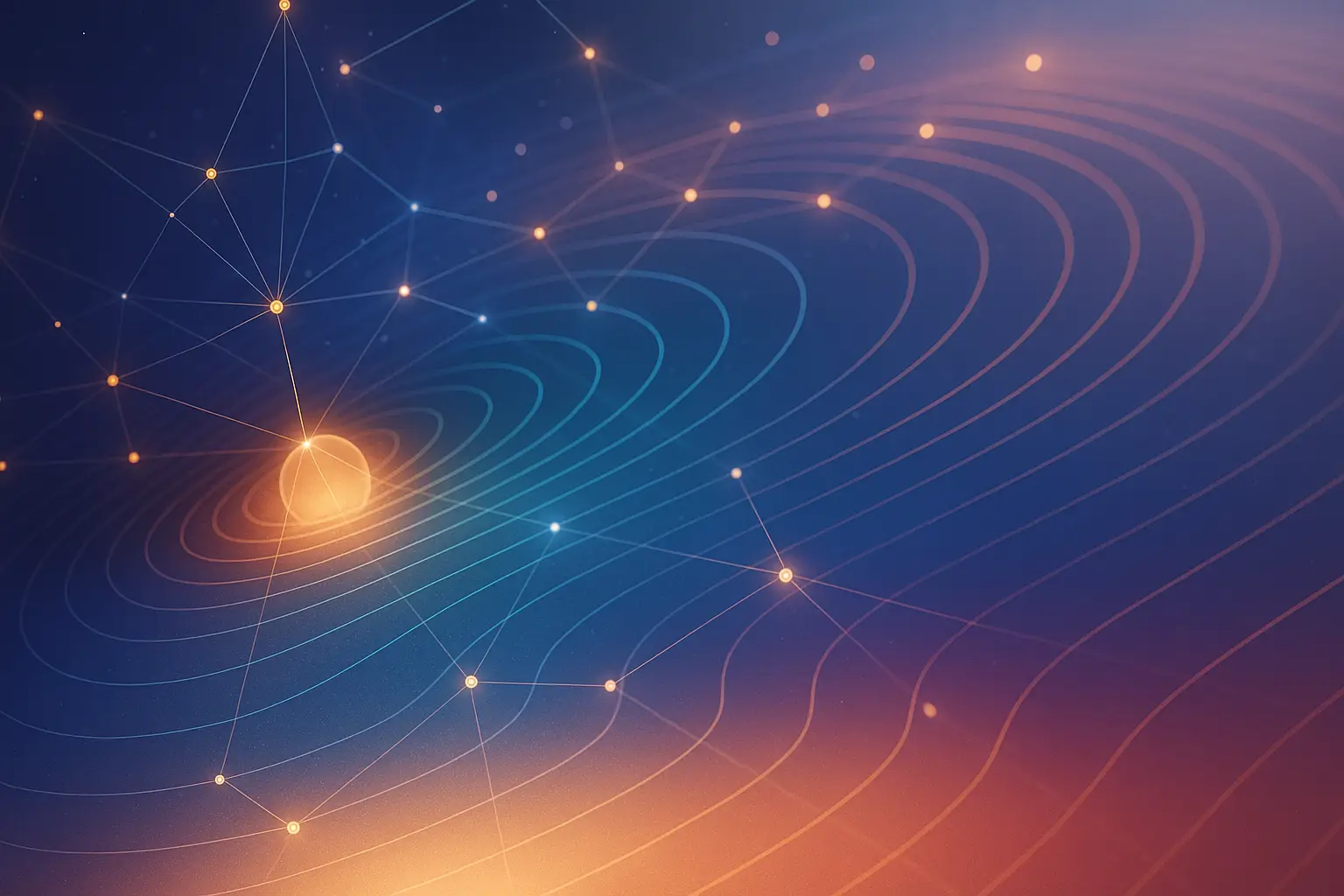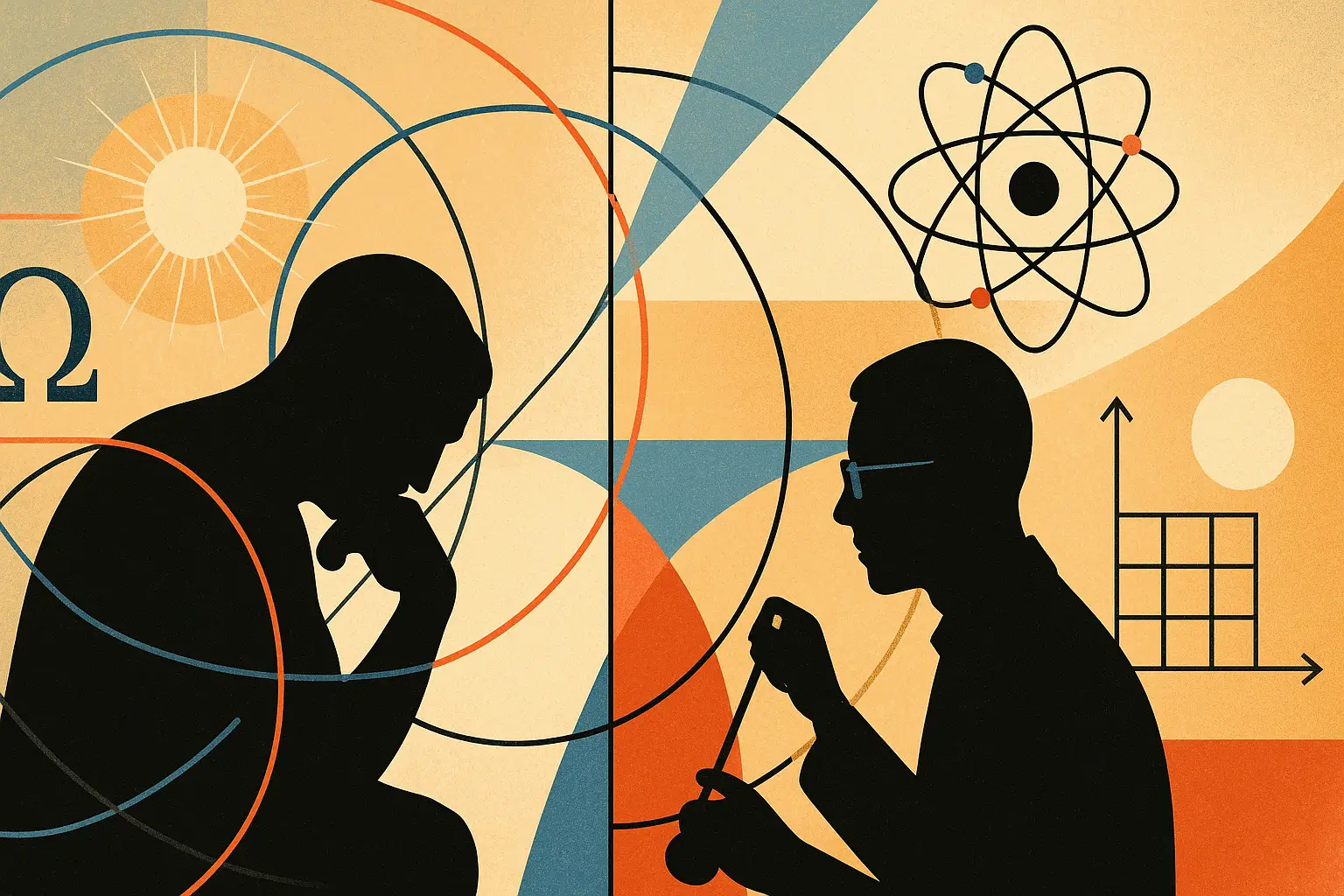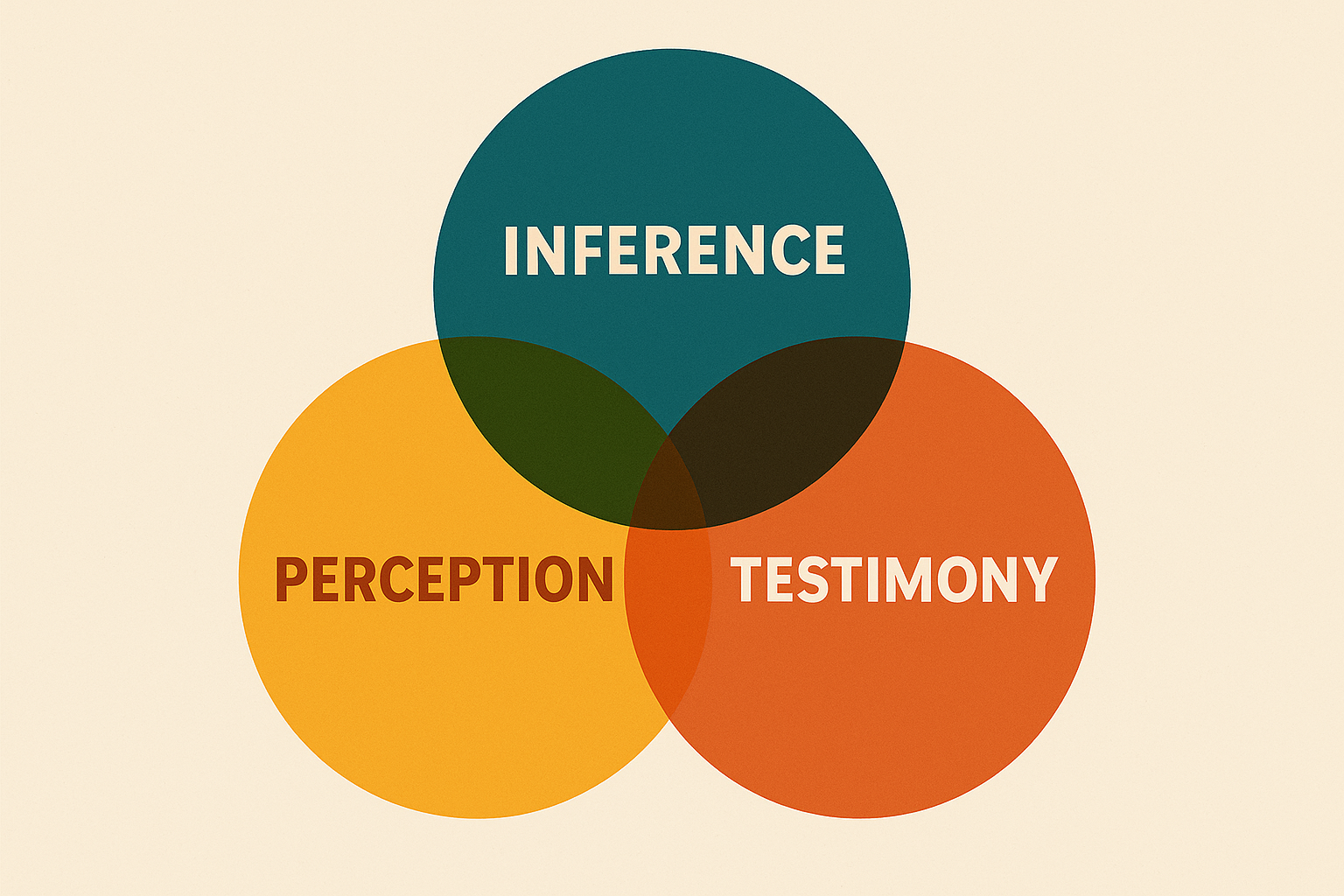The paper describes a way of building a quantum field theory that begins in a “Euclidean” form—one that uses imaginary time and has no distinction between time and space—and then smoothly transitions into the familiar “Lorentzian” version that operates in real time, like the universe we experience. This approach works on a cosmological background similar to the expanding universe described by the Friedmann–Robertson–Walker model.
In this setup, a finite “Euclidean cap” can reproduce what’s known as the Hartle–Hawking “no-boundary” proposal, a model suggesting the universe had no sharp beginning in time. The mathematical conditions called reflection positivity and analytic continuation ensure that when the theory shifts from imaginary to real time, it produces exactly the same physical behavior we expect in ordinary spacetime.
More broadly, this framework applies to any Euclidean system that can be converted in this way, providing a consistent way to describe cosmologies that begin with special boundary conditions. In this picture, the Euclidean phase represents a kind of timeless, pre-geometric state with extremely weak spatial connections. Ordinary space, time, and causality emerge only when the system transitions into the Lorentzian phase.
Importantly, this process keeps all the physical features—vacuum state, mathematical consistency, and classical behavior—the same as in standard cosmology. The result is conceptually intriguing: multiple mathematical descriptions can predict the same universe, but with very different philosophical interpretations of what “time” and “space” fundamentally mean.
Download the PDF: link






